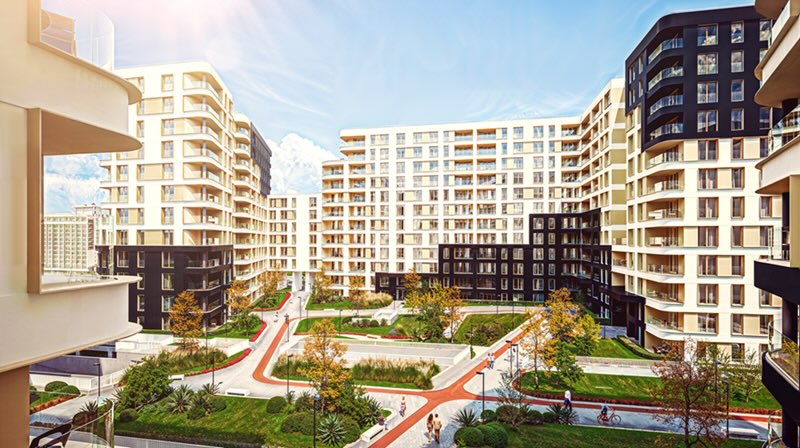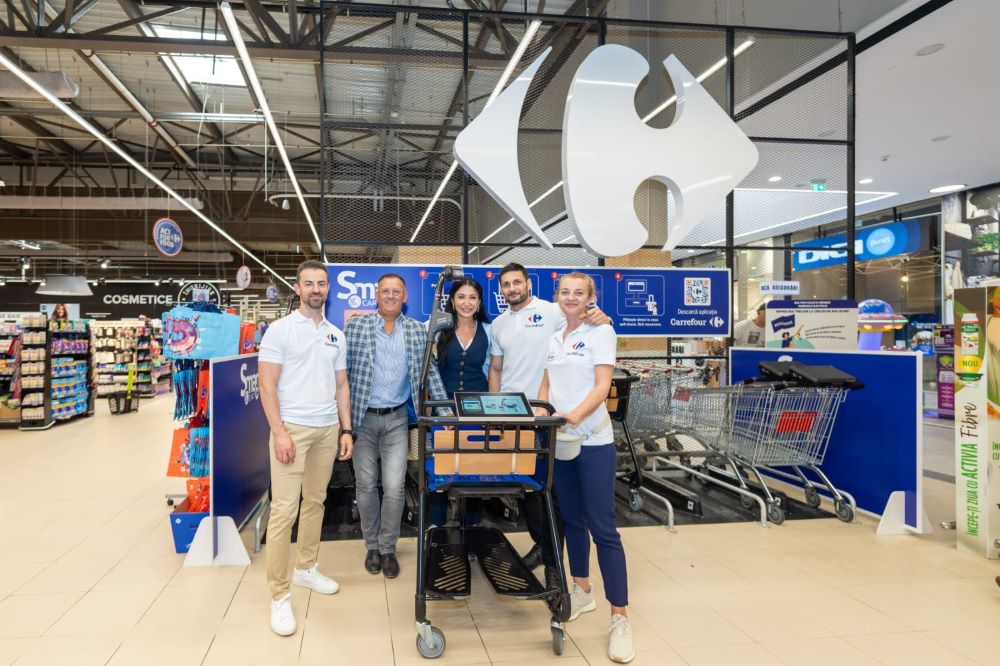Shopping centers market in Bucharest still has growth potential
.jpg)
Whether or not Bucharest can sustain a growth in the shopping centers market is a question pretty difficult to answer, despite it may not seem so. Being one of the most discussed issues it couldn’t have missed from The New Age of Retail Real Estate Forum 2013 agenda, the event Govnet Conferences organized yesterday.
At this point there are over 20 shopping centers in Bucharest and considering the population of about two million people, it’s easy to calculate that there’s a shopping center to each 100.000 inhabitants. It may seem more than enough, but according to Georgiana Andrei, Director of the Retail Agency at Colliers International Romania, the domestic market has not reached saturation yet. And that based on the current statistics compared with Warsaw, a similar market considering there’s a shopping center culture, not a high-street one, like in Bucharest, yet more mature. ‘The main difference that we observe is the share of food in the total expenditure. We have almost in Warsaw while we have close to 60% in Romania. At the same time this shows us potential to grow in the future.’ While in Bucharest the total GLA (Gross Leasable Area) amounts 725.000 m2, in the capital of Poland, a city with a slightly lower population, the GLA is 66% higher.
On the other hand, the average occupancy rate is 97.3% in Warsaw, whereas in Bucharest is only 90.7%. A small difference, though quite big in fact - ’A shopping center is not working very well the moment that the vacancy rate is close to 10.’ explained Georgiana Andrei who also mentioned that the most obvious reason for this situation is that shopping centers have not been uniformly developed in Bucharest, being concentrated in areas where the land price was cheaper, hence the purchasing power is not very high.
Based on her estimations, the non-food area that comprises of 566.000 m2 at this point might reach almost 600.000 m2 by 2015: ‘Looking at the figures we see that there is place for development for non-food retail. Today we have a gap of over 30.000 m2 if we do not take into account the available area in the existing shopping centers that is not so easily to be filled. (…)The reality is that probably we might see shopping centers that will reconvert to something else in the future.’
However, the future is not so grey, but a favorable development depends on how the retailers are going to approach both the market and the customers.‘Based on the figures and the estimations (…) today, Bucharest, could sustain in theory close to 1 million m2 of retail space. Still, this news is not as good as it seems because the biggest potential of growth of retail for Bucharest is coming from the potential of the food market. The potential growth for the non-food is quite small, the figures being similar in between the two analyses.‘ added Georgiana Andrei.
The solution to determine a greater growth in that sector and bring back the customer is focusing on the consumer because, as she confirmed, he ‘is the basis of the future development of the retail market.’ Besides that, differentiation is an essential aspect that retailers should take into consideration otherwise they are likely to fail succeeding considering the current trends and the ongoing changes in consumers’ behavior.






